How My Career Turned Into One Massive Personal Project
In 2011, I had just moved to Los Angeles from northern California. I got a little sick and tired of living the snowboard bum life, even though I found a nice little niche working as a real estate photographer in the Lake Tahoe area. Unfortunately by this time, the injuries (and the associated depression) were piling up. On nearly a whim, I moved to Los Angeles in an attempt to snap out of the funk I was in.
This decision was based on the fact that I had heard one way or another that it was sort of the capital of art and design in America, a title which may or may not be true depending on who you ask. I knew essentially nothing of the city beyond also hearing that people were self-absorbed and the traffic was ridiculous, but I’d made my decision, and in August of 2011 I packed everything into a tiny uHaul and drove the 6 hours south to a city my entire prior experience with consisted of transiting LAX.
For the first few weeks I was like a deer in the headlights. I grew up in New England and Los Angeles is a serious departure from that – windy mountain roads and corner stores turned into boulevards and 405 gridlock – but it offered tons of new photographic material. I would shoot nearly constantly, putting a tripod down in front of any new-ish looking building I could find and taking pictures to fill out my portfolio, which at that time consisted of mostly Tahoe log cabins.
I’d arrived in Los Angeles with around $2,000 to my name and it was dwindling quickly, as it tends to do when you show up in a new city for the first time. All I knew was that I had to start making money somehow, and I had decided a few years prior that photography was going to be my career. Being a rather naive 23 year old (I’m now 31 and not much better), I spent probably half of my at that point $600 net worth on $300 worth of printed brochures and started going to door to door to the office of any business that could require photos of architecture. Architects, interior designers, realtors, developers, couch designers, if they worked in the architectural industry in even a tangential way, I was there.
95% of those first efforts ended with me being laughed out the door or stopped by a secretary, but by the 10th or so attempt I had this down like clockwork. Of the 5% who actually stopped to talk to me, 2% weren’t interested, another 2% said they might call me back in the future but thanks for stopping in, and 1% – probably four or five business in total out of hundreds – wanted to work with me right then and there. I’d hit them at the perfect time they said, and they needed a photographer for something or other. And how much did I charge, by the way? Okay – great – we’ll call you.
The unintentional beauty of this was that before I went around knocking on doors, I had been out building my portfolio, fueled by the need to create something mixed with necessity and boredom. Since I wasn’t being paid, I got to pick and choose exactly what I wanted to photograph. Los Angeles is full of incredible architecture, and I’d sit on Google searching for the best examples of new architecture to photograph – it was pretty simple, to be honest. Pull up a car, get out the tripod, and make some shots at the right time of day. Sometimes I’d screw it up and make another trip out at sunrise instead of sunset, daytime instead of morning, whatever. I had all the time in the world and none of the money, but we’re gonna get there. Occasionally get busted for not asking permission to be on private property, but occasionally get away with something great, work ’em a little bit in Photoshop and I had the beginnings of a portfolio of interesting architecture. This is a theme that ends up recurring over and over in my career, so make a note here.
My first clients from my door-to-door extravaganza ended up being a realtor from Boston (they heard my accent from across the office when I walked in and we hit it off), a small-time architecture firm that had me photograph some office spaces for them, a couple of interior designers, and a car dealership (I told you, I annoyed literally everyone who would listen!). The beautiful thing was because I’d spent enough time building a portfolio in my own style, I was, for the most part, expected only to shoot what I had done previously. In a sense, I’d been hired on the back of my personal style. The majority of my portfolio was not influenced by clients, it was almost entirely my vision.
And that’s Lesson #1: Only put in your portfolio what you want to be hired to photograph.
About a year later, I had finally moved into a decent part of town and business seemed to be doing alright; the rent was paid and I was feeding myself, though hardly eating at steakhouses every night. Somewhere along the line I picked up some work editing paparazzi photos on the side. This was done in an attempt to smooth out the ups and downs of self employment income and half out of curiosity; the gigs I wanted just weren’t consistent enough and when the opportunity presented itself, curiosity got the better of me and I just couldn’t say no. It was the most LA job one can possibly have; but I learned a lot from it.
This job was enough to pick up around $2,500 every month, mostly from working on the weekends, which was absolutely perfect. Here’s how it would work: the paparazzi would deliver the photos to me on memory cards, and I would upload, edit, keyword, and export the images to our servers. Part of the process was also negotiating some of the licensing deals that came our way – if we had a big scoop, say, some Kardashian making out with someone she wasn’t supposed to be, or whatever it was, I had to deal with news agencies from around the world who wanted to call and buy those photos from us. The numbers were crazy, tens of thousands of dollars and in some cases even more depending on how juicy the gossip was and whether or not we got the exclusive, meaning we were the only company who got photos of the event.
The beauty here was that I was fast learning the value of licensing images, knowing how to negotiate in a fast-paced environment, and retaining control of your intellectual property. Even though the subject matter wasn’t my favorite, the business experience I learned at this side gig would prove to be invaluable. The income from this gig would also allow me to be very selective in what jobs I would take on – because I knew there was some money coming in (there’s always money in the banana stand…), I could turn down the jobs I didn’t want to shoot and spend time building my portfolio with exactly the images I wanted in there. I had enough extra cash to smooth over the gaps and really focus on going after the work I wanted.
Which is Lesson #2: Be open to learning things from unexpected places (like the paparazzi industry).
My New England genes were catching back up to me sometime around late 2012, and after a year in the city I decided I needed a bit of a break from Los Angeles. By no means was I rolling in the dough, but with a little coaxing from some friends and family, I made another decision that was probably half-baked on the surface but turned out for the best in the long run.
I spent about $2500 of my $5000 net worth (see, we’re getting somewhere!) to go spend 3 weeks on my own in Iceland to build a portfolio of images to promote my business. The goal was that by having images that nobody else in my market had and by filling my portfolio with amazing architecture that I actually wanted to photograph, I’d attract more clients that were both interested in my work and who were designing buildings similar to those in Iceland (clean, modern, set in nature).
The trip was a resounding success, and I’m continuing to use images from that project in my portfolio today. I also made some fantastic connections in the architecture community there, and I’m still in communication with many of the architects that I initially contacted when asking for advice on where to go and what to photograph. I’ve returned a few more times since then to continue building my portfolio of Nordic architecture and it’s always great to meet up with the same architects I met on that original trip six years ago.
Lesson #3: Use your marketing budget for personal projects, creative fulfillment, and travel to new and exciting places, not just mailers and web design.
Before getting too deep into this next saga, which is a brief departure from architecture photography, let me make it clear that I’ve had four longstanding interests in my life: art, design, aviation, and music. To some degree, these four things have never stopped being a constant in my life, and at times they’ve all been an outright obsession. Perhaps this was what contributed to me being a photographer in the first place instead of just following a more standard approach of high school-college-desk job – thank goodness!
It should come as no surprise then, that I’m one of those guys who lines up along the fence at the local airport on weekends hoping to get a glance of rare aircraft or interesting liveries (that’s what us nerds call the paint job), or driving hours out of his way to go to airshows when they’re nearby. For nearly the entire period that I’ve lived in Los Angeles, trips to LAX to watch planes have been a regular occurrence. It was not unexpected then, that on the weekend of March 29th, 2014, I was again at LAX with a camera in hand taking pictures of planes as they arrived and departed.
But I’d been doing this for years, and man, I’d taken every variation of airplane picture possible. Closeup, far away, sunlight, daylight, cloudy light, from below, from the side, whatever, you name it. So I was trying to something a little bit different when I was struck by the idea of applying some architectural photography techniques to aviation photography. When photographing architecture, I’ll often leave the camera on a tripod in the same spot for 20 or 30 minutes while pedestrians and cars pass by, and I’ll photograph all of them to later reconstruct a temporally expanded image of the subject. This allows me to pick the best looking people, most interesting cars, the most balanced objects within the frame as life unfolds in front of the camera; essentially extending the decisive moment from a fraction of a second to minutes or even hours. My idea for this airplane photo was much the same – leave the camera in the same spot for a few hours and capture all of the departing traffic from LAX and then composite it into one photo.
On the next day I returned with my new idea in mind. After about an hour of doing this and scrolling frantically through my pictures on the back of the camera, I realized that this was just too damn cool to quit early. So I made the decision to stay outside, completely unprepared without food, water, or bathroom, for about eight hours in total, photographing every airplane that took off from LAX on March 30th, 2014. Sunburned to the shade of lobster, I headed home around 6pm and remember being struck by this insane inspiration. I ended up staying up almost all night editing this photo together, and the resulting image was the single most career-altering event in my entire life.
After posting it online, (reddit, to be specific) this thing went viral. Stupidly viral. I’m talking Good Morning America viral, Guest-on-a-Japanese-Talk-Show-Viral, spreads in countless magazines, newspapers, websites, shot out of a cannon viral. I was lucky enough to be able to use my background as a paparazzi photo rate negotiator or whatever you’d call my job in a past life to manage the rights to this image and turn it into the single most profitable event of my life (pro tip: copyright your work, I know you’re lazy about it, so learn how to do it!).
This was another completely personal project that changed the course of my career (and life)! I used the income from this single image to plan a round-the-world project featuring over 20 airports where I’d repeat the same concept with different variations. The project, known as Airportraits, has become one of my brand hallmarks and has been displayed in endless publications, museums, galleries, and more. All of the exposure lead to a great deal of interest by people interested in purchasing prints, which spawned the birth of my online print store which has been a great success by all measures. By carefully managing the printing, licensing and usage of these images, it’s been an incredible investment that has allowed me a great deal of financial freedom and the ability in my own career to only photograph the projects (both architectural and otherwise) that I am interested in.
Lesson #4: Explore photographing the things you are passionate about, even if it’s not what you’re usually paid to photograph.
I realize that there was certainly an element of luck, timing, and other factors outside of my control that played into the success of the Airportraits series, but my combined experience with personal projects, rights managing, and commercial photography all came together to help me get the most out of this massive project. There is a compounding effect at play as well that I am just beginning to truly understand: when you are able to grow your brand around personal projects, you are able to create only the photographs that you want to create.
You can generate income from these projects that allows you to be more selective in what commissioned work you choose to take on. Since you’re more selective in your commissioned work, your portfolio of commissioned work becomes very tightly curated; so much so in fact that you only get contacted to do the high-end jobs that you show. And at this point, since you’re such a specialist, you can charge top dollar for your work which then allows you more time and freedom to pursue personal projects. And if you’re able to monetize those personal projects…you see where I’m going with this. You’re able to create exactly the career you want for yourself, (mostly) taking the pictures that you want to take.
Lesson #5: Set aside time every year to really knock out a personal project, even if there is a financial risk involved. A well-calculated risk is a risk worth taking in artistic careers.
At this point, I’ve got my career in a place that I’m quite happy with. I’m able to break up the year between personal and commissioned work more or less as I see fit, and every year I try to expand my catalogue of personal and niche commissioned work. Recent projects include photographing the creation, use, and destruction of aircraft in my series Life Cycles, investigating NASA’s assembly process and the myriad stories it contains, and setting aside three months earlier this year to create a coffee table book for a major publisher of some of the greatest architectural works in California.
All of these projects, while requiring tons of planning and time, end up refining my style, growing my brand, and in the long run, paying dividends both in terms of artistic and financial fulfillment. I think it’s absolutely critical for any successful photographer to set aside time each year not only for a literal creative break, but also to create work that inspires you. While it may seem daunting at first, with proper planning, you can absolutely get your personal projects working for you. It’s a concept that I believe transcends genres: no matter what you shoot, there’s something out there that will both inspire you and further your career as a photographer. Who ever thought that taking photographs of airplanes would help me as an architectural photographer? But these personal projects have unequivocally made me a more successful photographer in almost every way. Get out there and make it happen!
So, to recap:
Big lesson #1: Only put in your portfolio what you want to be hired to photograph.
Big lesson #2: Be open to learning things from unexpected places (the paparazzi industry, for one).
Big lesson #3: Use your marketing budget for personal projects, creative fulfillment, and travel to new and exciting places, not just mailers and web design.
Big lesson #4: Explore photographing the things you are passionate about, even if it’s not what you’re usually paid to photograph.
Big lesson #5: Set aside time every year to really knock out a personal project, even if there is a financial risk involved. A well-calculated risk is a risk worth taking in artistic careers.
You can see more of Mike’s work at MPKelley.com, purchase prints from him at MikeKelley.art, and keep up with him on Facebook, Twitter, and his architectural/commercial Instagram and fine art/personal Instagram accounts.



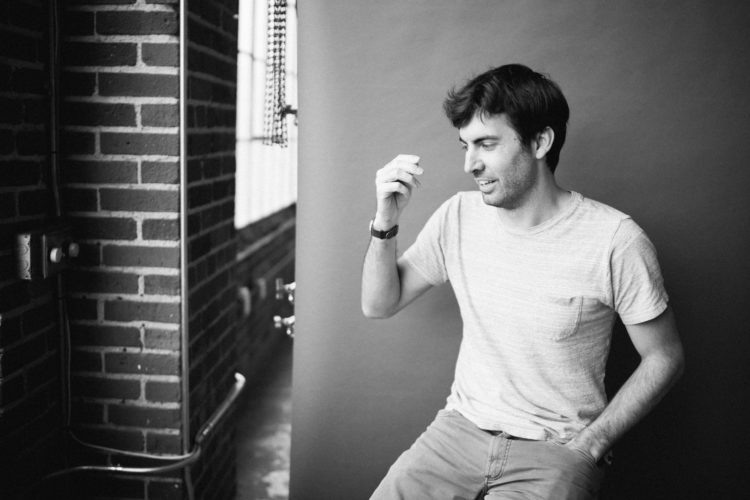
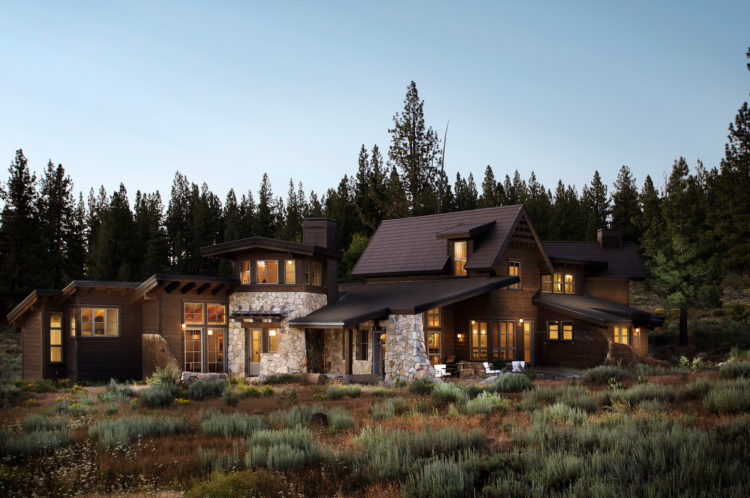
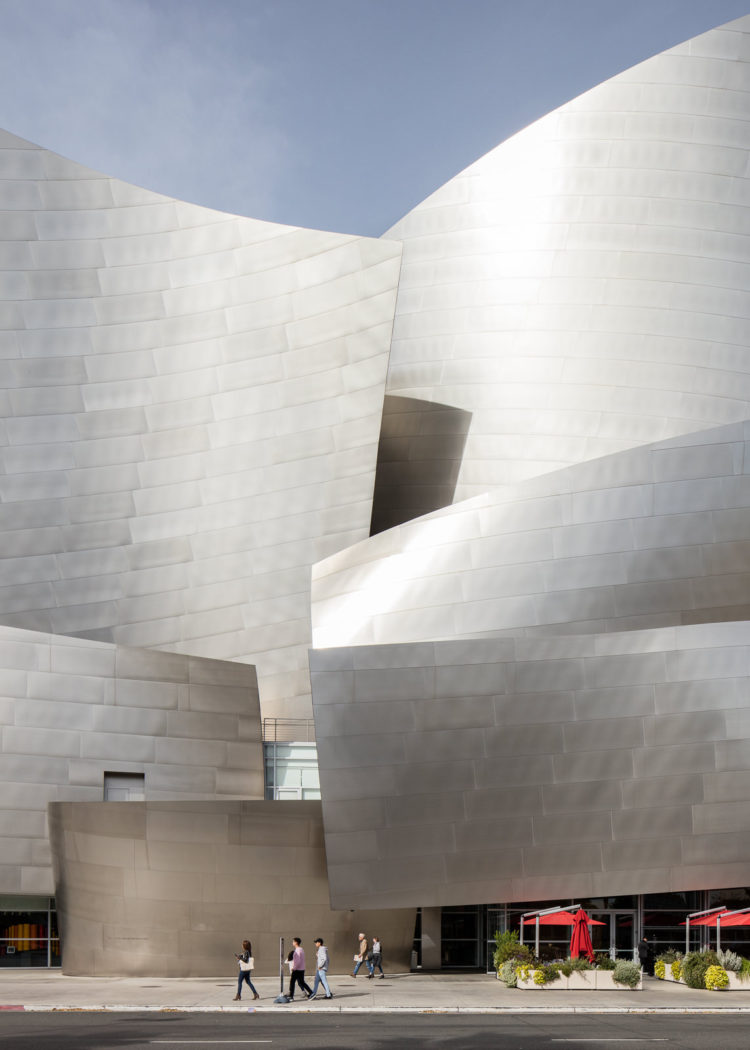
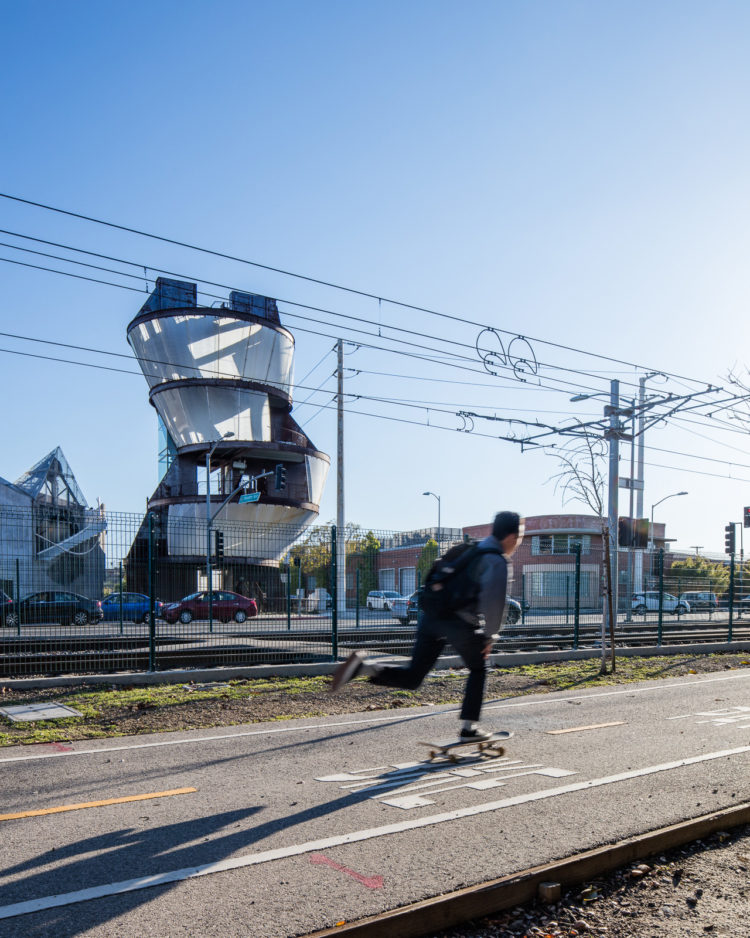
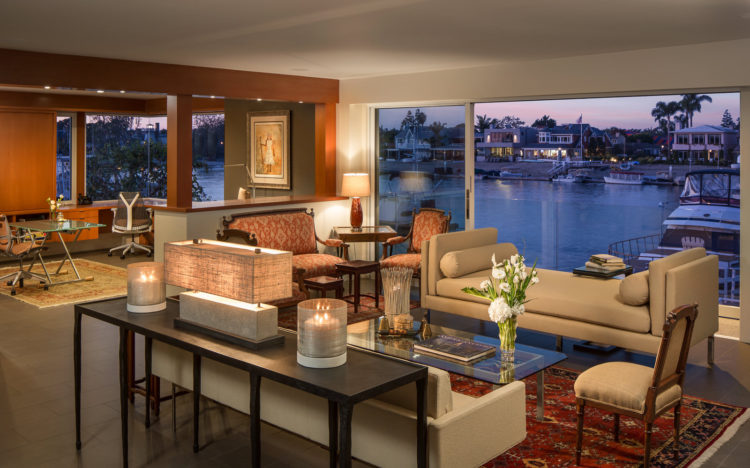
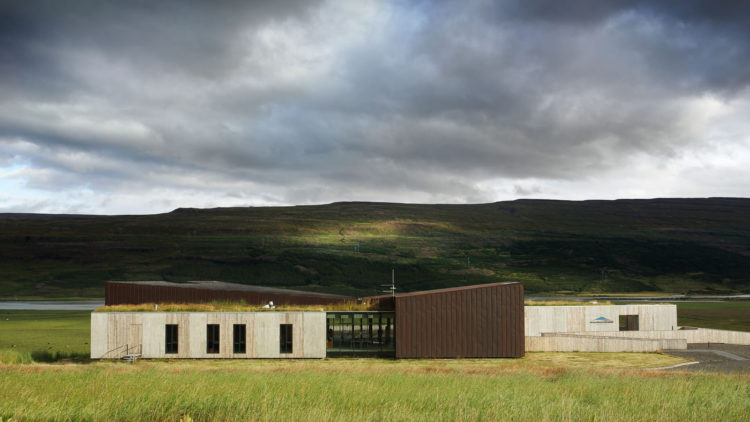
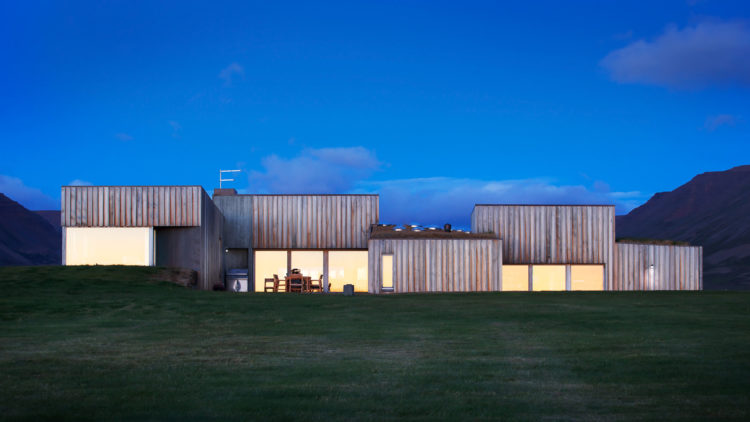
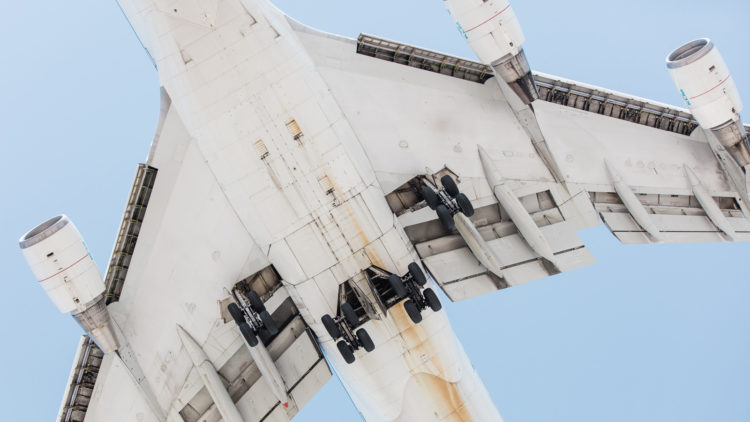
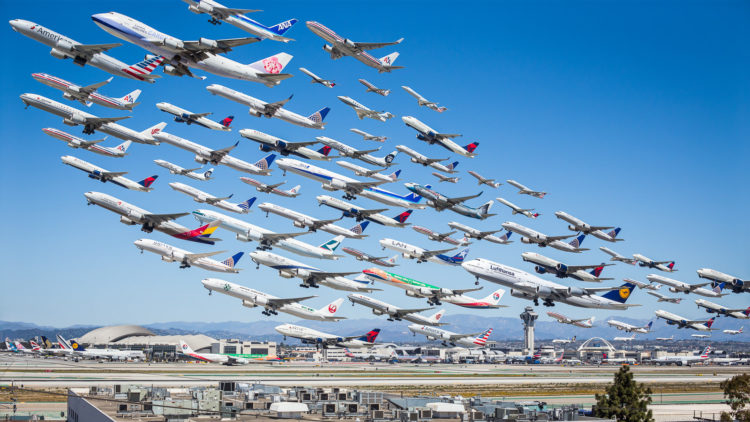
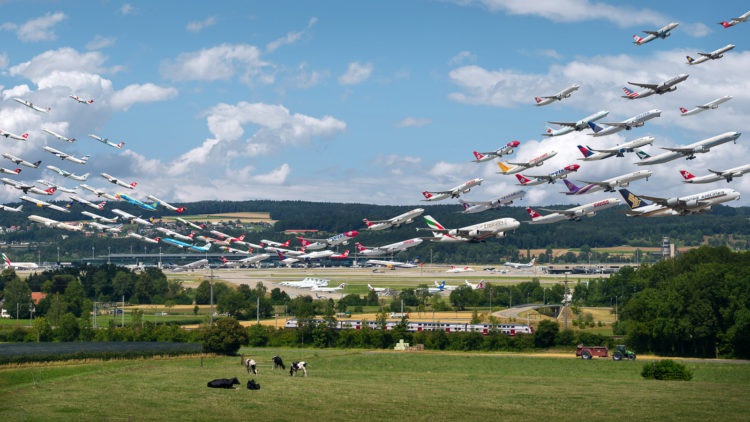
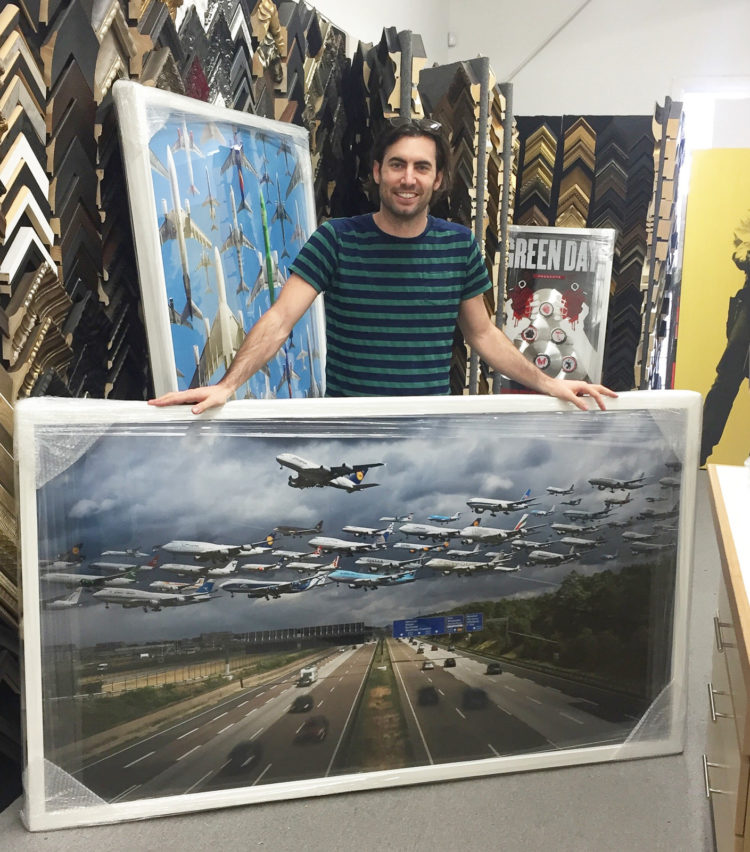
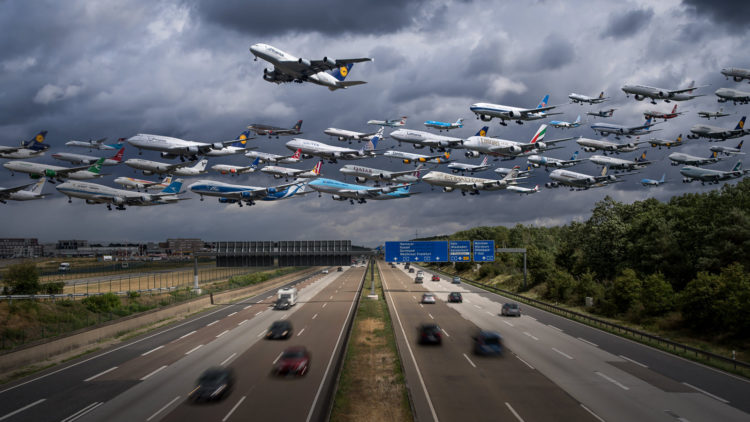
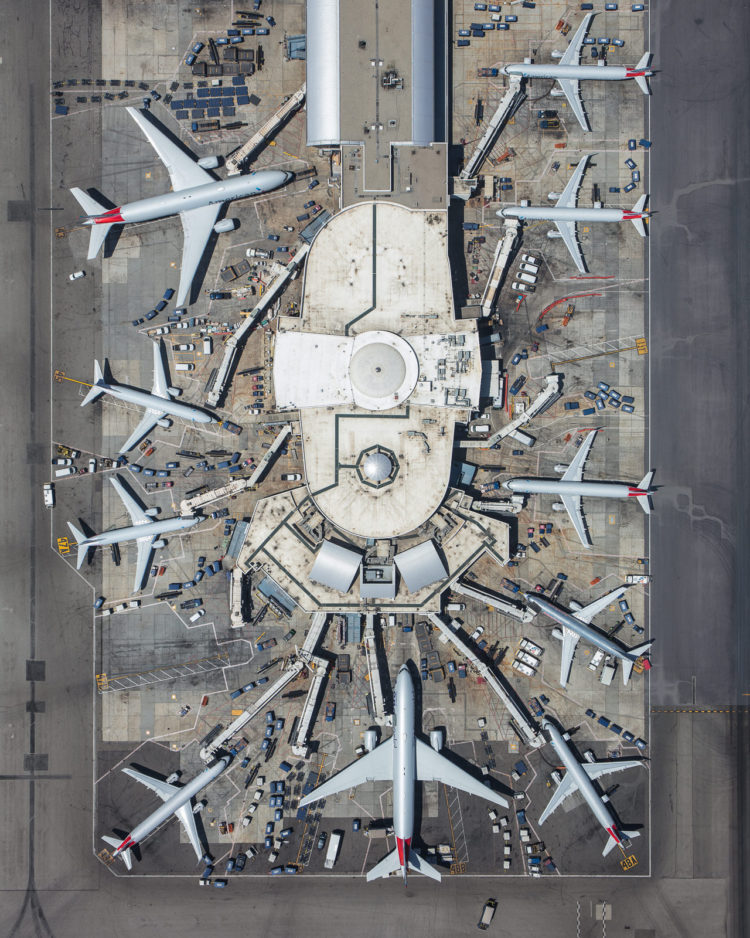
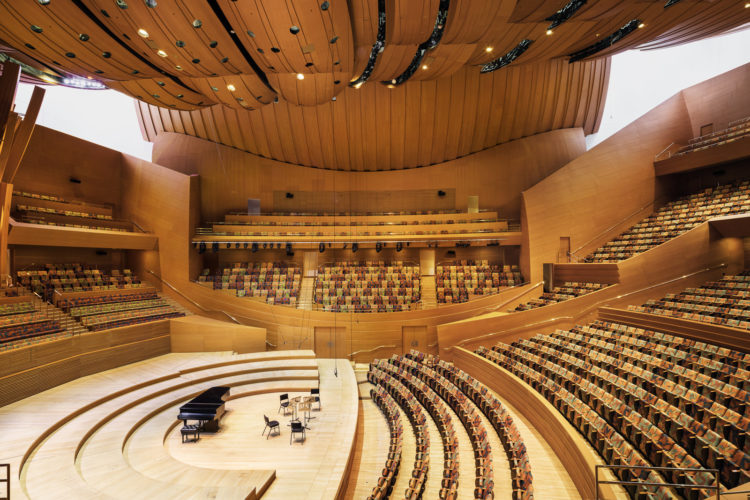
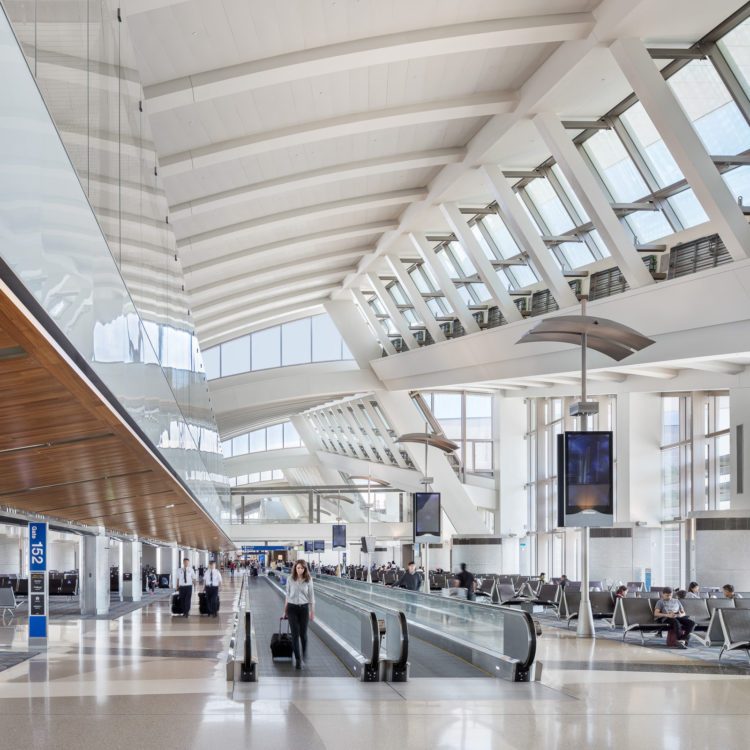
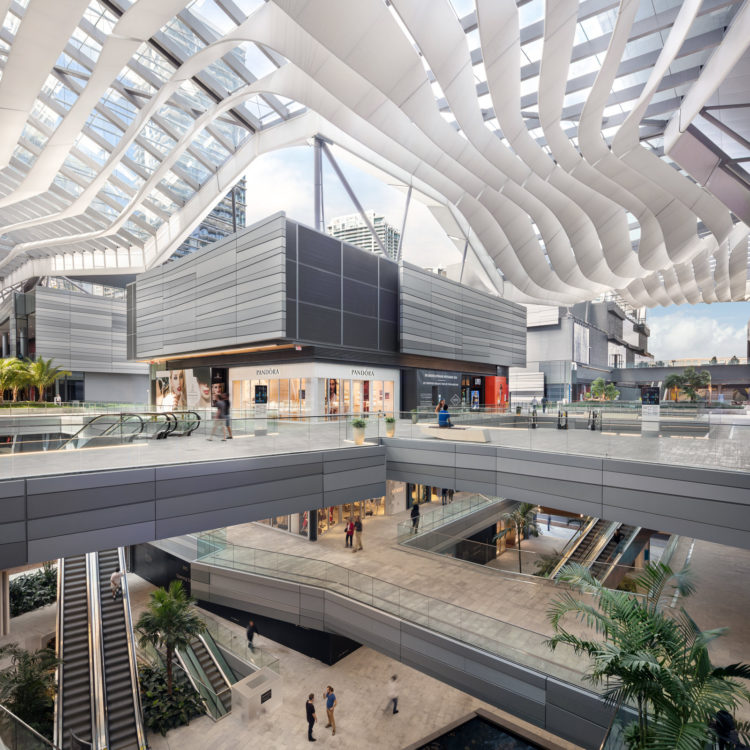
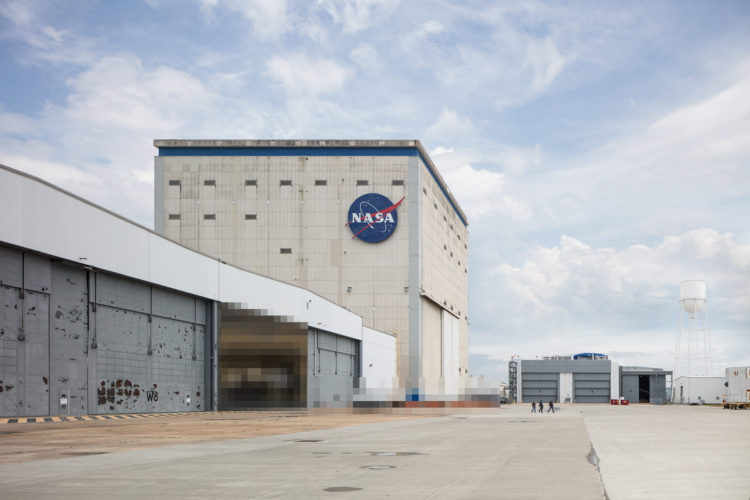

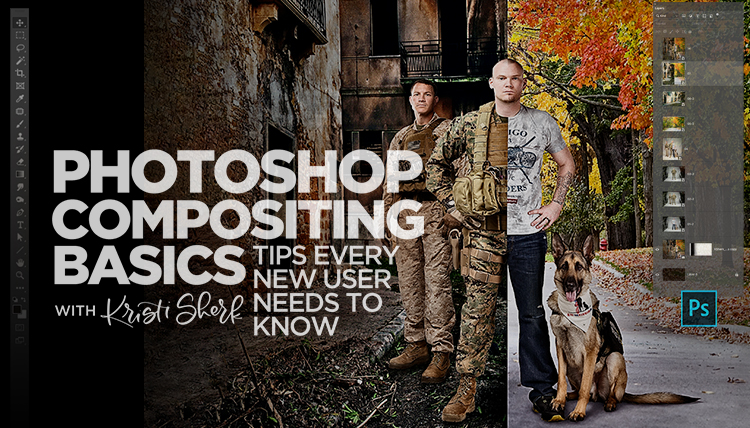
I loved this Mike! Interesting story full of valuable advice.
Thanks, John! Appreciate you taking the time to read.
Really inspiring article Mike! Personal projects have made a huge impact in my career as a commercial photographer as well. You’ve got a great eye man, huge fan of your work :)
Good to know that today also there are people who really have a passion for writing a blog like you!
https://www.imediasolutions.in/online/logo-designer-mumbai.php